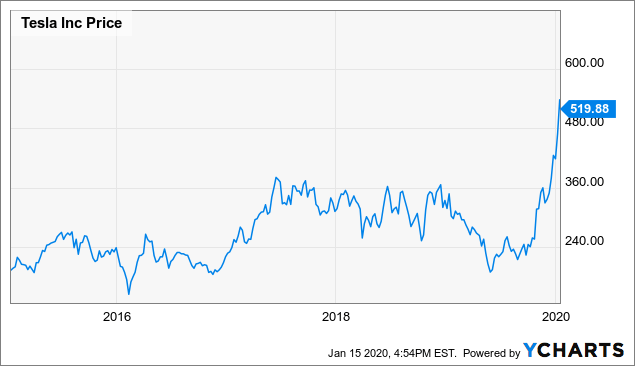
Yacht surveying is an essential process for any boat owner or buyer. It involves a comprehensive inspection of the yacht to determine its overall condition, including its mechanical and structural components. Istanbul, with its rich history and strategic location, is a popular destination for yacht owners and enthusiasts. In this article, we will explore the importance of yacht surveying in Istanbul and the benefits of hiring a professional surveyor.
Firstly, it is important to understand the purpose of yacht surveying. A survey is usually conducted for two reasons: to ensure the safety of the yacht and its passengers and to determine the value of the yacht. A comprehensive survey can reveal hidden issues and help prevent costly repairs and accidents. Furthermore, a survey can help potential buyers make informed decisions and negotiate prices with sellers.

Istanbul is a city that offers many opportunities for yacht owners and enthusiasts. The city has a vast coastline, with marinas and yacht clubs situated on both the European and Asian sides. The Bosphorus Strait, which separates Europe and Asia, is a popular route for yachts and offers stunning views of the city’s historic landmarks.
However, the sea conditions in Istanbul can be challenging, especially during the winter months. Strong winds and currents, combined with the heavy maritime traffic, can put a strain on a yacht’s mechanical and structural components. Therefore, yacht owners in Istanbul should prioritize regular surveys to ensure the safety of their vessels and passengers.
Hiring a professional yacht surveyor is essential for accurate and comprehensive surveying. A professional surveyor has the necessary expertise, experience, and tools to inspect every aspect of the yacht, including its hull, engine, electrical and plumbing systems, safety equipment, and navigation systems. A surveyor can identify any defects, damage, or safety hazards and provide detailed reports and recommendations for repairs or improvements.

Moreover, a surveyor can help yacht owners and buyers navigate the legal and regulatory requirements for yacht ownership and operation in Istanbul. The Turkish government has strict regulations for yacht registration, insurance, and safety standards. A professional surveyor can guide yacht owners through the process and ensure compliance with the regulations.
In conclusion, yacht surveying is an essential process for yacht owners and buyers in Istanbul. The city’s strategic location and beautiful coastline offer many opportunities for yachting, but also pose challenges for yacht safety and maintenance. Hiring a professional yacht surveyor can ensure the safety and value of the yacht and help yacht owners navigate the legal and regulatory requirements for yacht ownership and operation in Istanbul.












